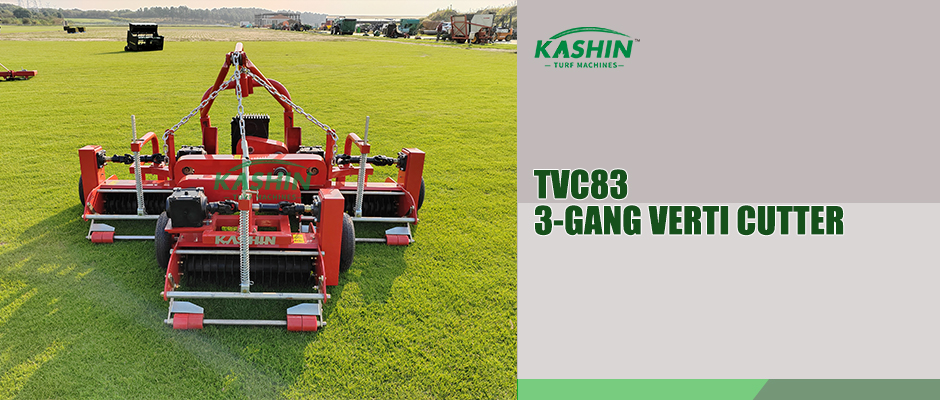October is a cool and cool autumn with a large temperature difference between day and night. The temperature is suitable in the morning and evening. The cool-season lawn grass enters the second growth peak of the year. The air humidity is low during this period, which is not conducive to the occurrence and spread of diseases. The following maintenance work should be done:
一. Replanting the lawn. Various diseases occur in the rainy season, causing some lawns to die. Replanting the lawn is very important. There are several ways to replant the lawn;
1. Planting grass blocks. Cut the dead lawn into pieces and then lay new grass blocks. The technical point is that the newly laid turf rolls should be closely combined with the soil. After the dead grass blocks are removed, replenishing the soil with water is the key to the survival of the lawn.
2. Planting grass roots. Plant the grass roots in handfuls on the bald plots.
3. Reseeding. Loosen the soil on the dead lawn and sow grass seeds. If a large area of lawn is replanted, equipment (seeder, compactor) can be used for sowing and compaction.
4. Replanting belts is similar to reseeding, but be careful not to cover the soil too thickly. In principle, the soil should not exceed 2.5 times the size of the seeds. Water with a fine spray and do not wash away the soil. Make sure the soil is moist until the lawn sprouts and becomes dense.
二. Fertilization Autumn is the peak growth period for cold-season lawns, and warm-season lawns can also extend their green period by fertilizing. Supplementing nitrogen, phosphorus, and potassium compound fertilizers or applying slow-release compound fertilizers can promote the growth and tillering of lawns. Supplementing nitrogen fertilizers can promote lawn growth and extend the green period. Phosphorus and potassium fertilizers can promote the tillering of plants and improve their disease resistance, cold resistance, and drought resistance. Generally, 15 to 20 kilograms of compound fertilizers are applied per mu, and they are spread with a fertilizer spreader. If conditions permit, organic fertilizers should be appropriately added (must be fully fermented, otherwise it will cause underground pests in the lawn to harm it) to increase soil fertility. The amount of fertilizer applied depends on the soil fertility, generally 1,000 to 2,000 kilograms per mu, and fertilizer spreaders can be used for fertilization.

三. Pruning, drilling, and combing
1. Use lawn growth inhibitors to control the growth of lawn grass
When the growth height of cold-season lawns is 10 cm and the height of warm-season lawns is 20 cm, they must be pruned. The pruning height is generally around 4 to 6 cm, and the 1/3 principle should be followed.
You can use lawn growth inhibitors. Use 1000 grams per bag and 250-300 kilograms of water for spraying on an area of 5000-6000 square meters. One use can control 50-60 days. The spraying is required to be uniform, which can greatly reduce the number of lawn grass mowing. Not only does it slow down the growth of lawn grass, but it also promotes the root system of lawn grass to grow downward and improves the resistance of lawn grass.
2. Drilling After a period of growth, the lawn root system is dense and intertwined, and low-lying areas are prone to root rot. A puncher is needed for ventilation. It is not necessary to drill too deep in this season. The depth is generally about 4 cm. Cut the grass immediately after drilling.
3. Grass combing: Use a KASHIN Verti cutter machine to comb the grass, and clean up and transport the grass clippings in time and dispose of them cleanly on site.
四. Irrigation. Rainfall decreases in this season, so lawn watering is particularly important, especially for cold-season lawns, which are particularly sensitive to water. A slight lack of water can easily cause yellowing, dryness, and alopecia. Therefore, attention should be paid to sprinkler irrigation and watering, and blind areas of sprinkler irrigation should be replenished in time.
五. Pest and disease control. Underground pests in lawns have grown from eggs to larvae after the rainy season, harming the roots of lawns, causing lawn grass to change color, wither, and die. As the temperature drops, various diseases have rebounded, and sprayers and ultra-low-volume sprayers are used for spraying and prevention.
Post time: Oct-18-2024
